What is the Prison Audit?
An independent inspection of the general population in a prison involving the examination of the process by which a person ends up in a prison and collection of data indicating whether people are held in prison in compliance with the laws and procedures of a country; and measures the individual space allocated to prisoners and how it compares to international minimum recommendations.
Data are collected by age, gender, and prison category (remand, sentenced and foreign national).
Data are then applied to:
identify prisoners eligible for release (held unlawfully, overstayed, or meet conditions for early release) and referred to a judicial oversight committee;
inform bail and sentencing guidelines; and
contribute to framing policy on penal reform.
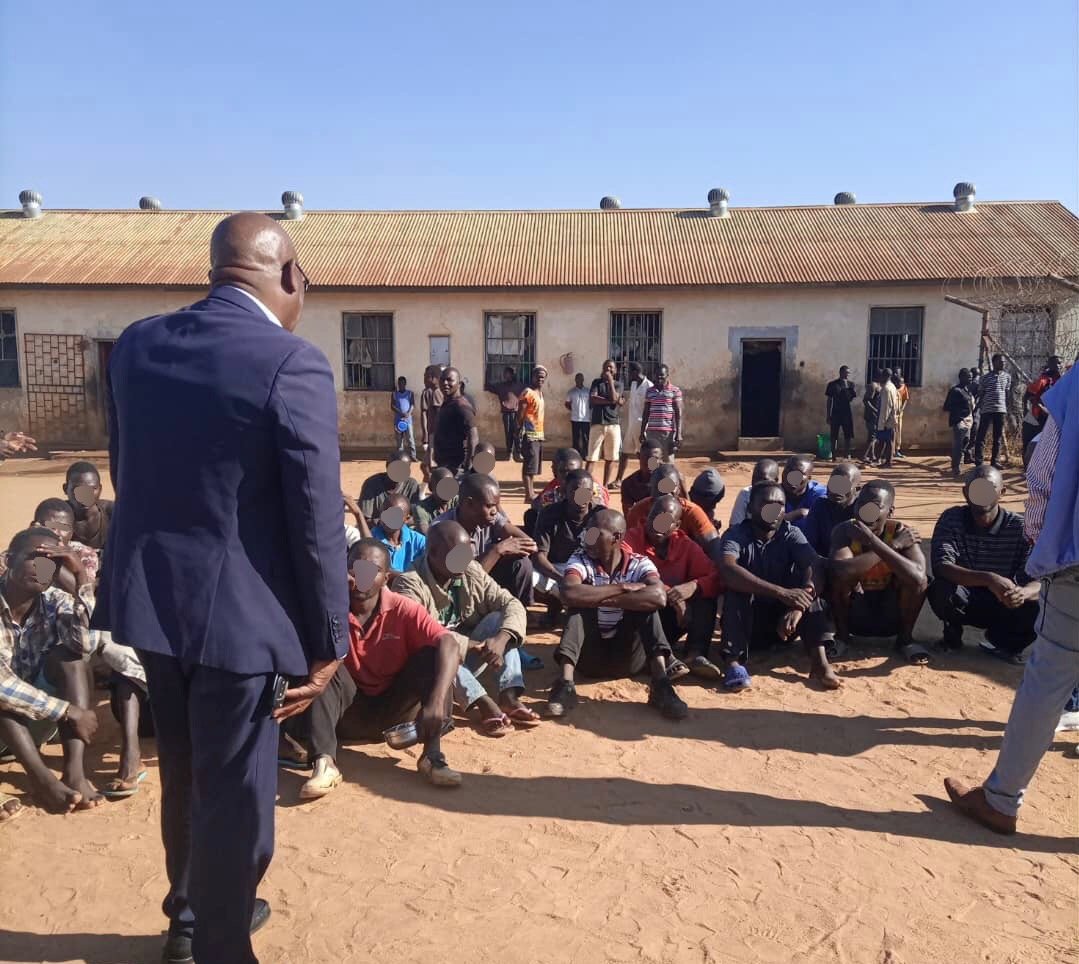
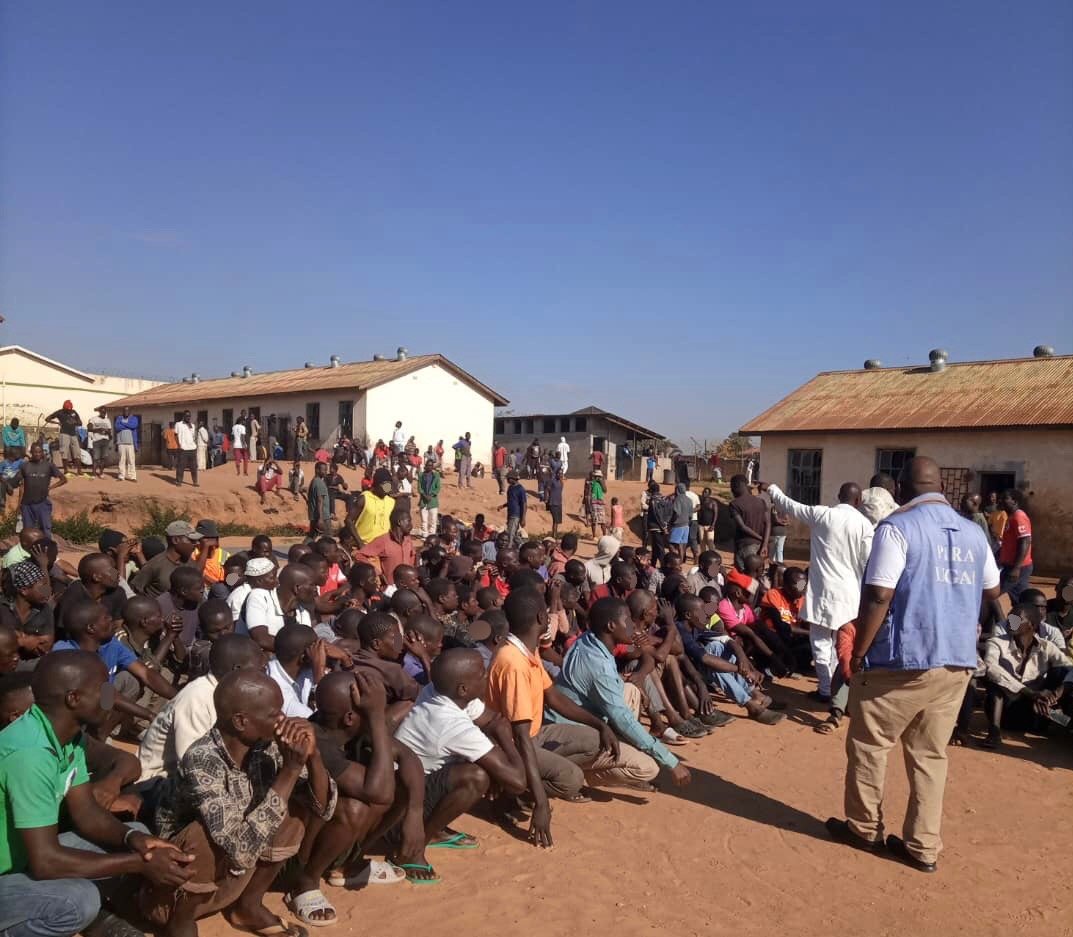
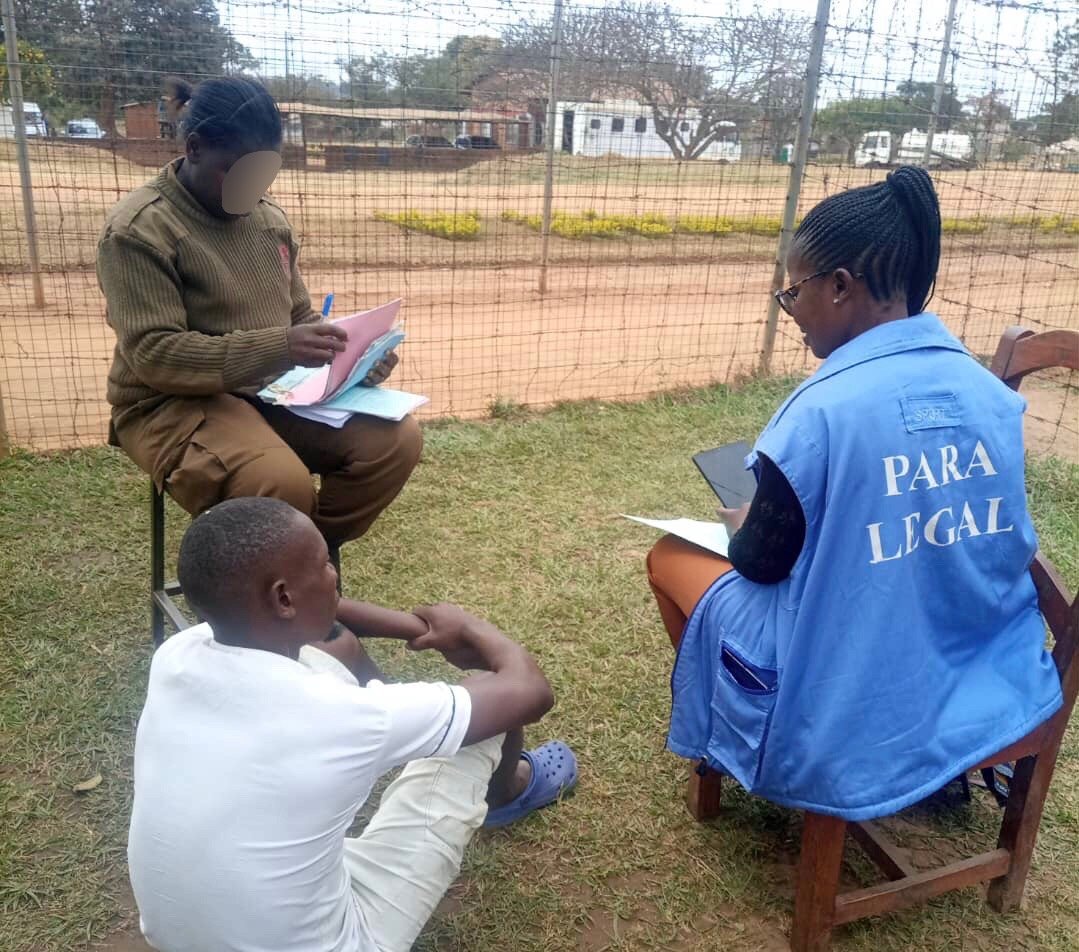
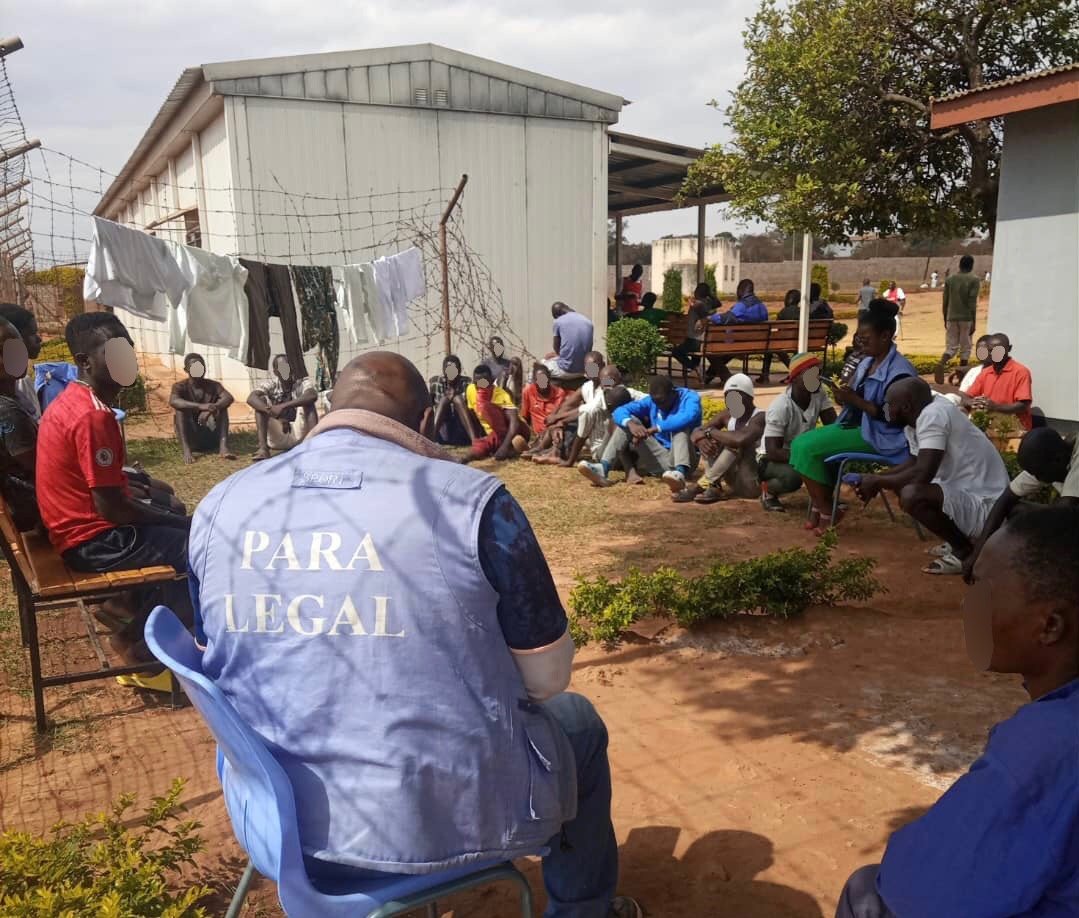
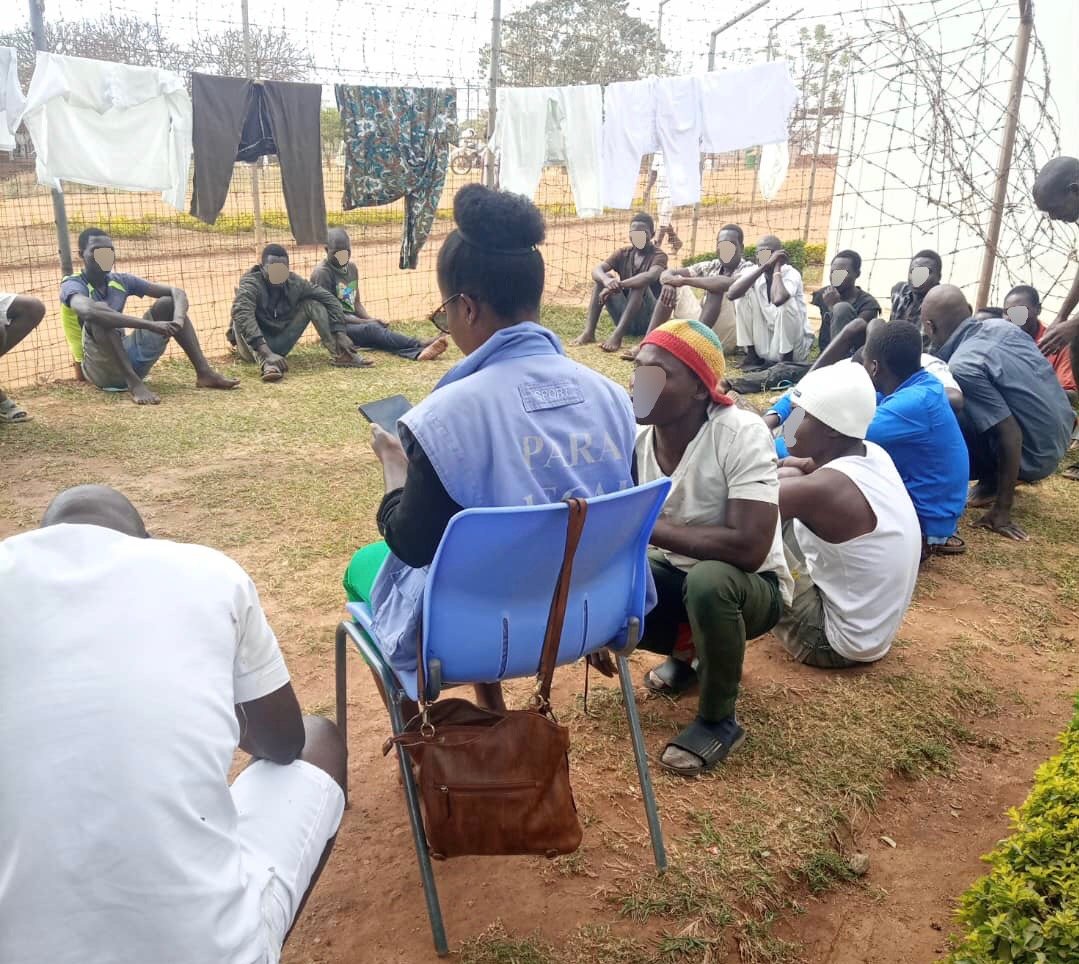

Context in which it is needed
Around the world, prisons are overfull. They pose a threat to public health (as 'incubators of disease'); become hothouses for organised crime, substance dependency, extreme views and violence; and are diverted from their purpose of ‘correcting’ offending patterns of behaviour into human warehouses (to which are added the mentally ill, recalcitrant youth, the weak and vulnerable of society).
Target Audience
Prisoners & their families
…to secure release where they are held unlawfully or offer no risk to the general public.
Government
…to inform debate on alternatives to prison and community sanctions, as well as early release mechanisms in appropriate cases; and alert authorities to the impact of harsh policies.
Prison administrations
…to reduce pressure on individual prisons and provide early warning when both individual prisons and the prison system as a whole are approaching maximum capacity.
Judges and Magistrates
…to standardise bail conditions and promote more consistent sentencing practice.
General Public
…to provide clarity on who is in prison and through the media broaden any discussion on penal reform.
Approach
Six Steps
Steps 1 to 4: 4 weeks
Why it works
It provides a mechanism to release prisoners held unlawfully or unnecessarily and relieves pressure on individual prison populations: it is problem solving in approach and is not costly.
As a coordinated action it improves communication and collaboration among all justice agencies and with civil society.
As a coordination mechanism it provides justice actors with a forum to meet to find local solutions to local problems.
It provides an evidence base for penal reform and a tool for progress towards SDG 16.3.2
It is simple to apply: the data once uploaded are then programmed to generate the lists that fit the national context.
It is sustainable and allows the prison, courts and prosecution to keep the prison population under constant review.
LEADERSHIP | The Prison Audit is led and implemented by an international team of criminal justice experts.
The Prison Audit is led by
Clifford Msiska
Director of the Paralegal Advisory Service Institute (PASI) Malawi.
and advised by
International Advisory Council Chair: Prof. Dirk Van Zyl Smit (South Africa / UK) Members: Isabel Hight (Australia), Richard Kuuire (Ghana), Rifaat Makkawi (Sudan) and Mary Murphy (Switzerland)
Program implementation is further supported by
The Governance and Justice Group
The Governance and Justice Group (GJG) was founded in 2009 as an association of individual practitioners from many countries to help develop solutions to practical problems arising in the administration of criminal justice. The GJG works with governments, intergovernmental and non-governmental organisations as well as a range of international development agencies and universities.
Justice Mapping
Justice Mapping (JM) is a consulting network of subject area experts and information technology specialists who study criminal justice operations and surrounding conditions at the local level. JM produces data visualisation tools designed to help philanthropies, policymakers, and advocates reframe justice policy around places, coordinate operations in neighbourhoods, and reinvest in safer communities
For more information, visit
www.justicemapping.org
or contact Eric Cadora at
ecadora@justicemapping.org











